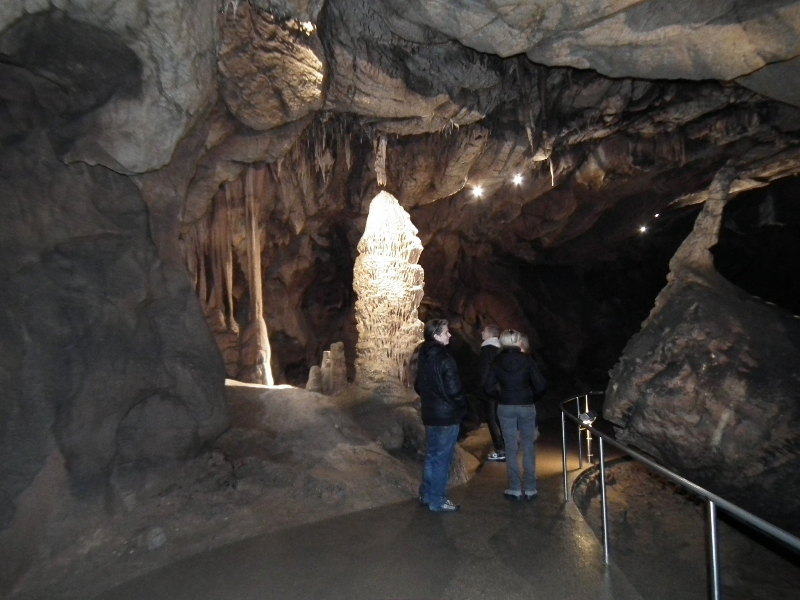Surrounding Sights
Bánhorváti
- Platthy Castle: built in the 17th century in baroque style. During the centuries the castle had several owners such as the Bárium, Fáy, Vay, Platthy, Lónyay and Vladár families. The park -which surrounds the castle- was designed 120-150 years after the buildings. The castle is under a private ownership, but operates as event venue for private events such as weddings. The castle’s speciality is that it lies on the Szent György lane.
- Calvinistic church with wooden cassette ceiling: the church was built in the 14th century, and was transformed in 1789. The wooden cassette ceiling was formed in 1700; the gallery was painted in 1790. The benches of the church are from 1720; the carved stone pulpit was made between 1789-1790. The Lord’s Table is from 1794.
- Village Museum
- Roman catholic church: built in 1769. The alter-piece of the church pictures Jesus Christ.
Dédestapolcsány
- Ruins of Dédeskő fortress
- Serényi Castle (1903, eclectic style)
- Lázbérc water reservoir
- Crockery collection
Rudabánya
- The mortal remains of the 12 million years old anthropoid, the Dryopithecus brancoi (formerly Rudapithecus) were found here.
- Calvinistic church (gothic style, 14th century)
- Mine Museum (in 2006 the museum has been renovated, since September 2006 it is the Mining History Museum of Borsod-Abaúj-Zemplén county)
Imola
- Calvinistic church: Built during 1785-1786 on the place of the medieval church, based on the plans of architect Ignác Brojek from Csetnek. The church is built in late-baroque style, fenced with wall, has a rectangular shape and pitched roof. The only part that left from the ancient church –which was built in 1631 and destroyed in 1785- is the tower with onion dome and with ledge, which stands in the centre of the southern part of the current church. The internal size of the nave is 9m*17m. In 1856 the tower was heightened. The painted wooden ceiling (decorated with 9*8 cassettes with medallions) and the wooden gallery (decorated with cedar paintings) were built during 1785-86. The cassettes of the dilapidated ceiling were removed and transported at the Millennium by the Office for the Protection of Historic Monuments. The painting of the new ceiling tries to follow the original motives. The late-baroque equipment (painted benches, priest’s chair, and the pulpit with crowns) was made in 1786. The crockery of the Lord’s Table is from the 19th century; the bell was founded in 1835 on Losonc.
- Traditional folk architecture (more buildings on the high street in „Perkupa-style”)
- Occurrence of Crystals of gypsum
- Medieval ruins of a mysterious mote only 2 km from the village
- Devil’s Hole sinkhole (part of the national park, close to the village)
Kurityán
- Pallavicini Castle (1830, classical-eclectic style) „In 1832 Margrave Ferenc Pallavitziny founded a castle which consisted of the basement and ground-floor part used in the present. Before that a similar building stood in the yard about 150 meters northeast from the current castle. This building was designed before the Turkish occupation, in the middle of the 15th century by a bohemian architect called Corbin. The building in question was the property of the Pallavitziny family before and after the construction of the castle as well. The thickness of the ground walls is 85-110 cm. Also the massive iron bars in front of the windows show how important the protection was that time. Because of the smaller robberies and adventurers these were the valid defensive operations. In 1800 the Radvánszki baron’s family bought the castle and for 1885 built the floor and the terrace so made the building complex, as you can see these days. Next to the castle are the shed (currently a shop), the one-time equerries and the quarters of coachmen and stablemen. After the death of István Radvánszky, István Batthyány became the new owner of the castle, who was the largest middle-class nobleman of the area during the 1820s.” (Dr. Gáspár Klejn-Dezső Péchy Horváth: Municipal Database: Office of the County Sociographies-1939)
- Ruins of Pauline Monastery (gothic style)
- Fishing lake










































